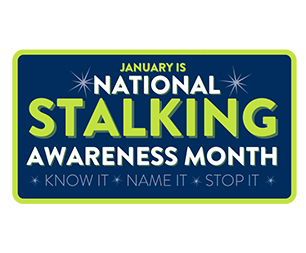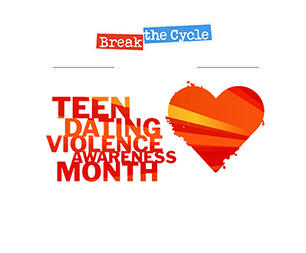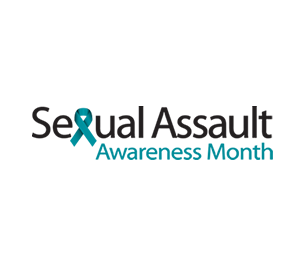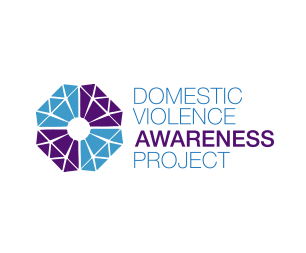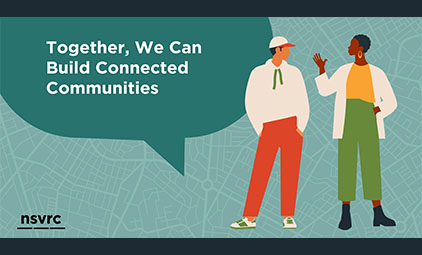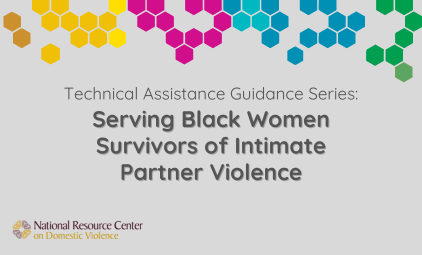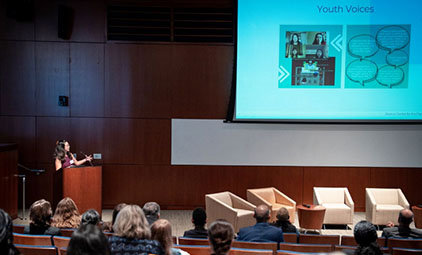 Rape Crisis of England and Wales, an umbrella organization for the network of independent rape crisis centers in the U.K, contacted NSVRC recently to discuss the goal of developing a national Sexual Assault Awareness Month. They were interested in how the U.S. version of Sexual Assault Awareness Month (SAAM) came to be and what the primary goals and challenges are in planning a national, month-long event.
Rape Crisis of England and Wales, an umbrella organization for the network of independent rape crisis centers in the U.K, contacted NSVRC recently to discuss the goal of developing a national Sexual Assault Awareness Month. They were interested in how the U.S. version of Sexual Assault Awareness Month (SAAM) came to be and what the primary goals and challenges are in planning a national, month-long event.
Interestingly, the idea for SAAM was actually born from Take Back the Night events that started in England. These first awareness-raising marches took root in U.S. communities as the women’s rights movement swelled. By the late 1980’s there was a broader push for a national, organized effort. This led to an informal poll of state sexual assault coalitions by the National Coalition Against Sexual Assault (NCASA) to determine when to have a national Sexual Assault Awareness Week. A week in April was selected and by the late 1990’s, advocates and activists had expanded activities to last throughout the month.
From 2000-2001, the Resource Sharing Project (RSP) and the National Sexual Violence Resource Center (NSVRC) polled state, territory, and tribal coalitions to find that teal was the preferred SAAM color and that April was the preferred month to coordinate national activities. As a result, Sexual Assault Awareness Month (SAAM) was first observed nationally in April 2001.
With funds from the CDC to operate the national resource center on sexual violence, the NSVRC has coordinated a national campaign for SAAM since 2001. The 2014 Campaign theme, It’s time to talk about it. Your Voice. Our Future. Prevent Sexual Violence., addresses healthy sexuality for youth. Past campaign themes and resources are also available.
In the discussion with Rape Crisis of England and Wales, a major issue that arose was the balance between receiving federal grant funding and maintaining a commitment to grassroots activism. This balancing act is one that many sexual assault programs face (Campbell, Baker, & Mazurik, 1998). To help uplift grassroots activism and reflect local programs’ prevention priorities, the SAAM campaign team consults an external advisory board and conducts wide-scale online polling during campaign planning. This informs the campaign theme, visuals, topics, and materials that are developed and distributed at low or no cost to sexual assault programs. After the campaign is complete, a second poll helps to measure the effectiveness of the campaign.
Similarly, the history and lessons learned from Domestic Violence Awareness Month in the U.S. can inform national awareness efforts that promote local-level activism across the globe.
Through ongoing connection with grassroots efforts and consistent advocacy with federal funders, the SAAM Campaign team has seen major growth in understanding about sexual violence and its prevention. As a result, government agencies are some of the biggest proponents of SAAM events and goals. Connecting with major government institutions also carries with it the added benefit of increased visibility with the broader public and mainstream media. And political credibility is gained when the President issues a yearly proclamation.
Dedication to SAAM over the years led to increased national understanding and buy-in. That’s not to say that SAAM has fully realized it’s potential. In recent years, efforts to increase the campaign’s accessibility has led to the development SAAM resources in Spanish (Recursos en espanol) with feedback from a multilingual access advisory committee. This year’s campaign also incorporated a team of adolescent reviewers in an effort to dismantle some of the adultism in our work. No system is perfect, but we learn and grow with each campaign.
The short answer to the question about the development and evolution of SAAM is that it’s been a long road, but well worth the trip.
What challenges have you faced in balancing funder priorities with grassroots activism? What additional considerations, cautions, or advice would you offer to countries considering a national sexual assault awareness observance?










